Kurt Konrath
Kurt Konrath
I have one of those low speed motor brackets on order, now just to wait and see when it gets here how much more useful it will be. Adds say it can be used to bring RPMs down to mid 300's range.
 |
As a way to introduce our brass coins to the community, we will raffle off a free coin during the month of August. Follow link ABOVE for instructions for entering. |
 |
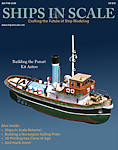 |
The beloved Ships in Scale Magazine is back and charting a new course for 2026! Discover new skills, new techniques, and new inspirations in every issue. NOTE THAT OUR FIRST ISSUE WILL BE JAN/FEB 2026 |
 |

I'm not a railfan at all but I do have a thing for steam locos, especially the Union Pacific 4000 class. I bought some blueprints from the UP Historic Society a few years back and have been slowly working on doing up some of the parts in SolidWorks.I can really care less about the merger, and don't think the name will change, as the UP is historical and been around a lot longer then NS.
I am really a MoPac Missouri Pacific fan, and did research of the first of the big mergers back in 80's. When UP and MP merged, MoPac was the larger more solvent railroad but management wanted to stay with the UP name, as it had broader name recognition from its historic beginnings.

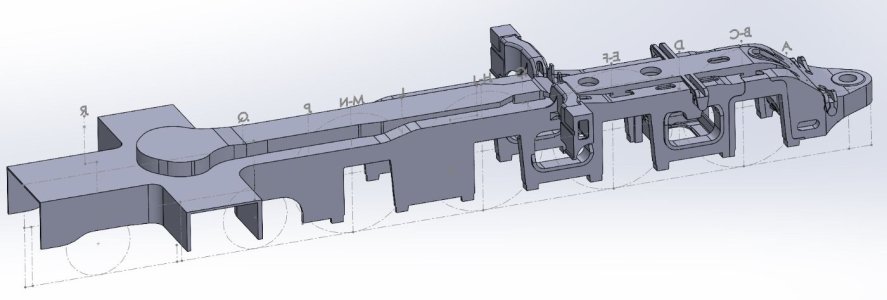
I have one of those low speed motor brackets on order, now just to wait and see when it gets here how much more useful it will be. Adds say it can be used to bring RPMs down to mid 300's range.
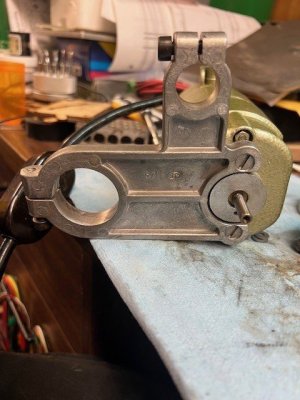
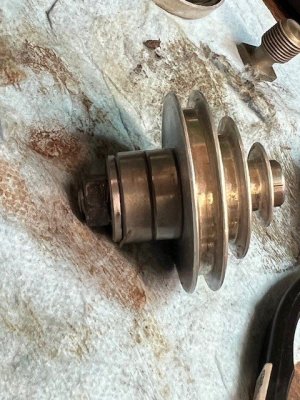
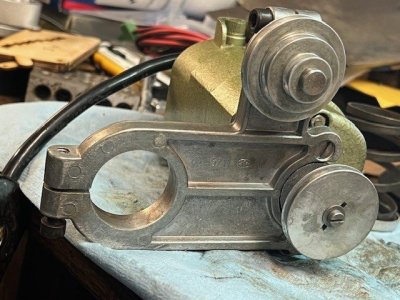
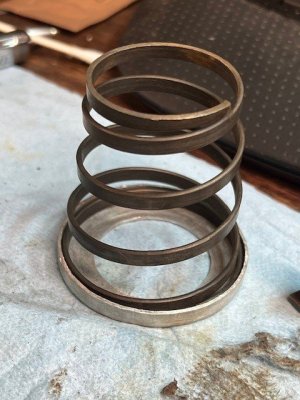
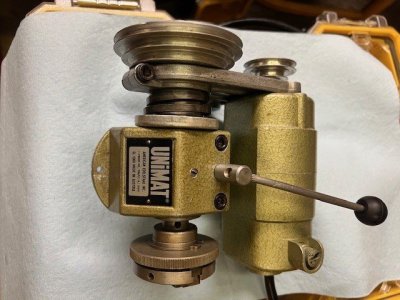
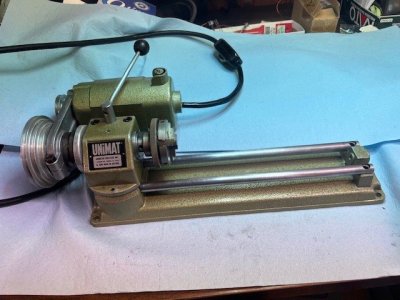
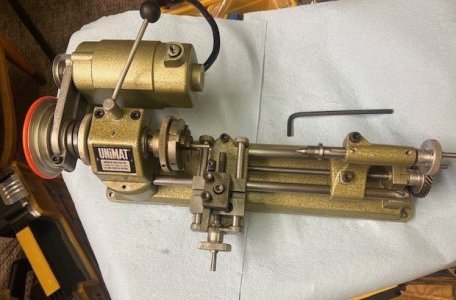
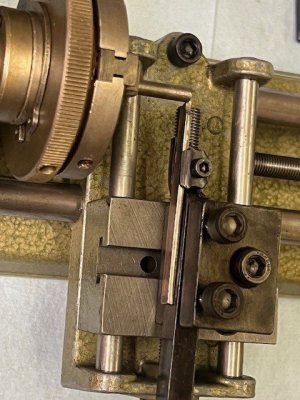
...all I lack is a qualified operator and stock to work on.

Another product you might want to become familiar with is Tooling Board or Resin Board, more commonly known by the trademark of Ren Shape. It's a relatively dense resin and urethane board like product that machines really well. We used to use it to make sheet metal forms when I worked for a company the restored old fighter planes. It holds detail incredible well, especially the higher density ones. If you can get your hands on some off cuts of that, you'll be golden.Are you familiar with "machinable wax?" This is a wax used by machinists to "practice" or make prototype test runs on lathe and mill work. It's used a lot in the CNC machining industry to confirm programming without wasting valuable metal stock. Using the "machinable wax" is much less expensive and wearing on cutting tools than using the final intended material. You can buy "machinable wax" online or in machining supply houses, but, while endlessly recyclable by simply melting down and recasting into blocks or rounds, it costs money. You can easily make your own on the kitchen stove. It's a melted combination of wax and LDPE polyethylene (plastic bags.) You can use candle wax from the craft store or paraffin wax (in the U.S.A, not "paraffin" as in British kerosene!) sold for canning in the supermarket or hardware store. You can color it with melted crayons if you want. Save the chips and swarf and it can be remelted and used again. There are several YouTube videos on how to make it yourself.
See: https://www.youtube.com/results?search_query=How+to+make+machinable+wax?

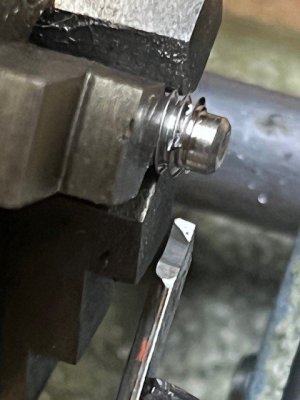
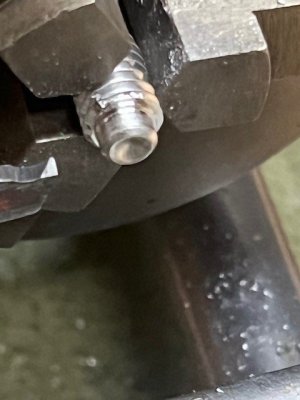
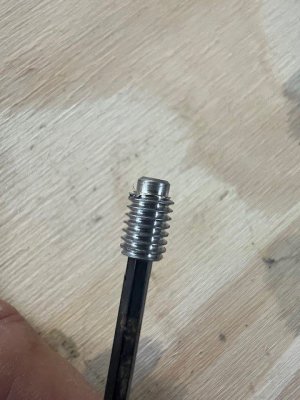
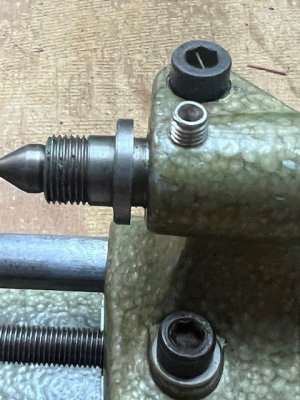
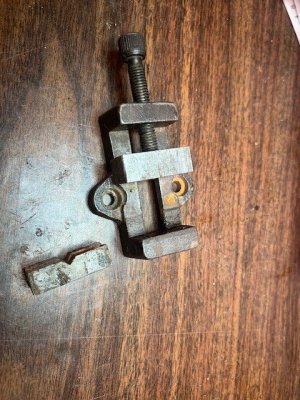
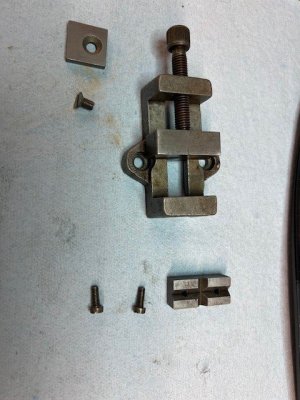
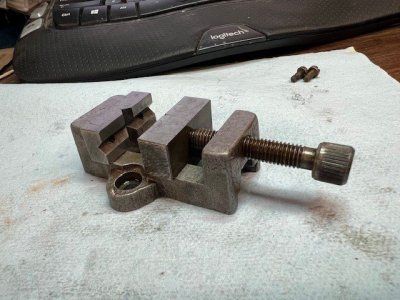
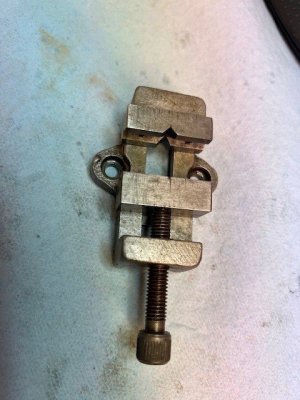
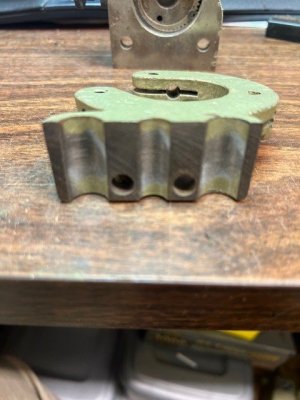
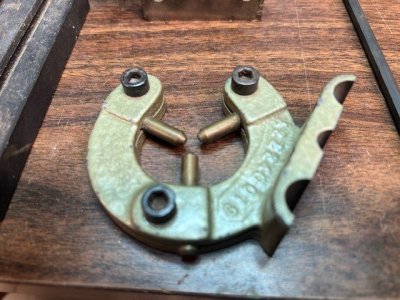
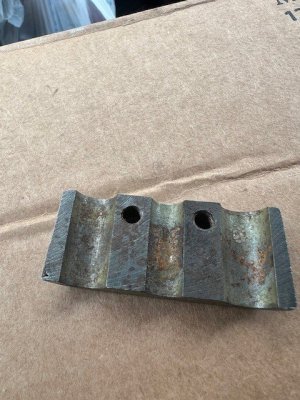
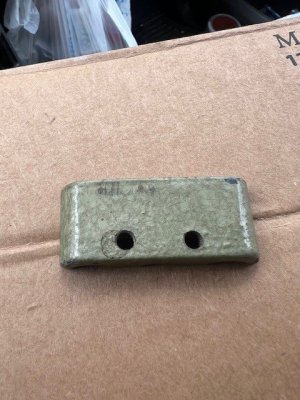
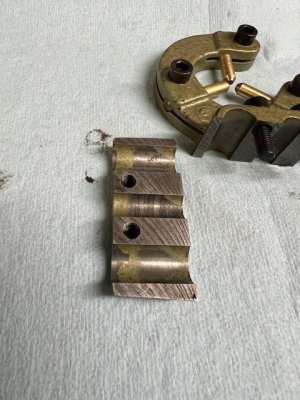

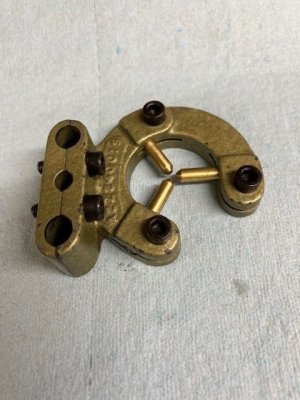
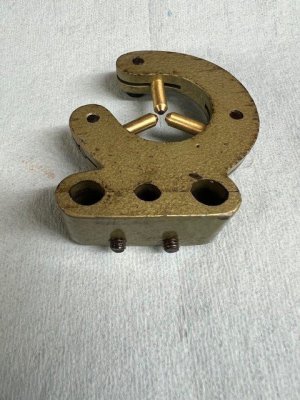
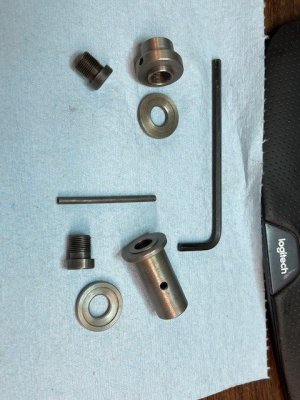
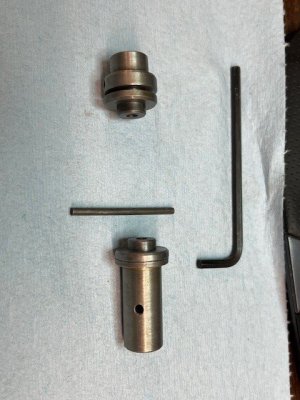

Hi Dave, your post including the above book set me on the hunt for a copy.i have this catch-all tool box of unknown pieces and parts and tools. the other day i came across it and took a look and this is what i found. HUM i thought ? the color reminds me of one of those old Unimats
View attachment 534255View attachment 534256
